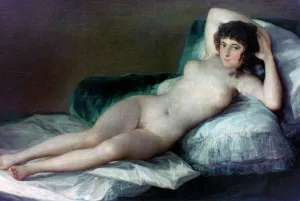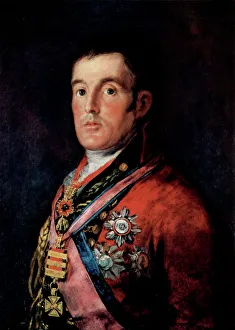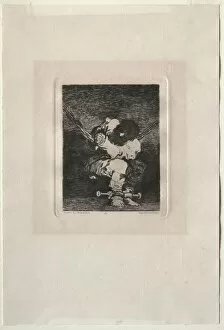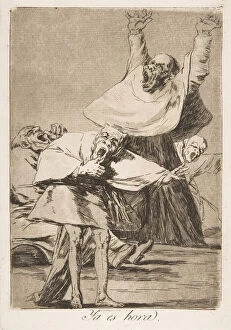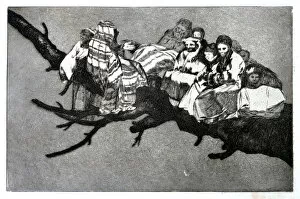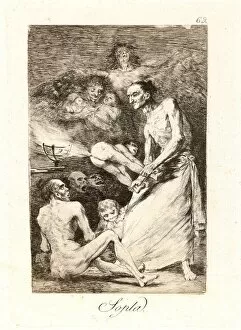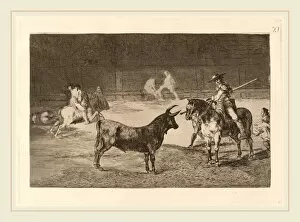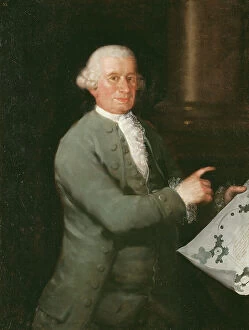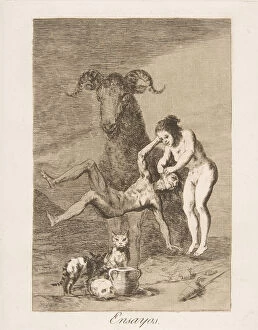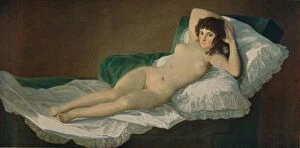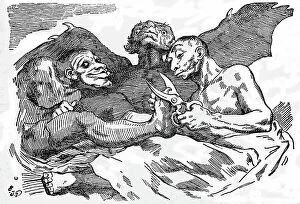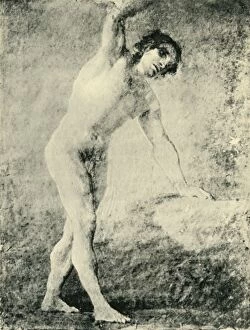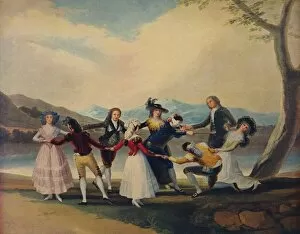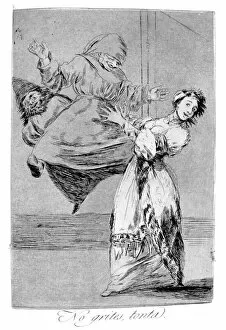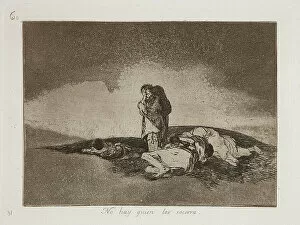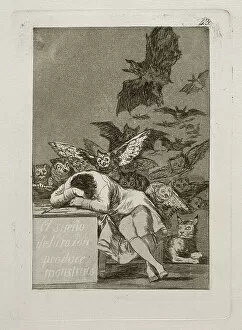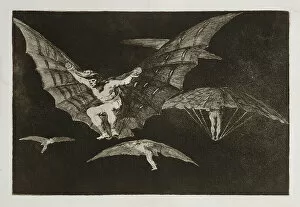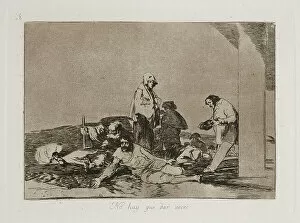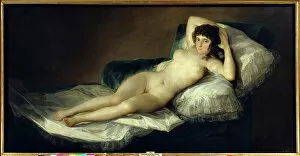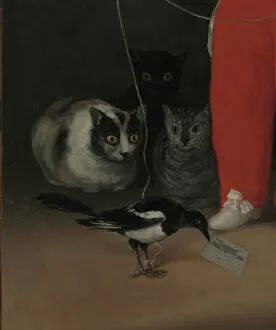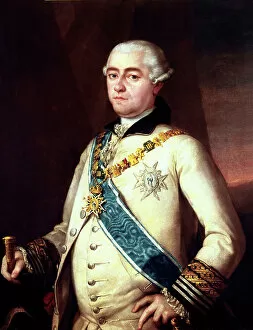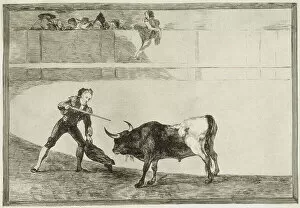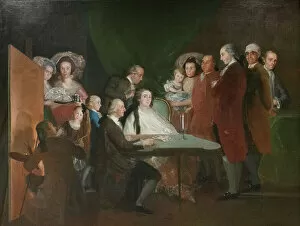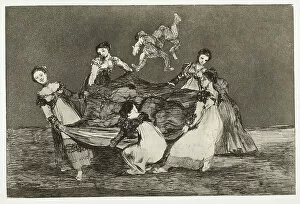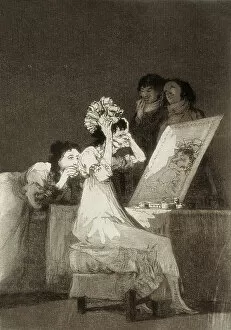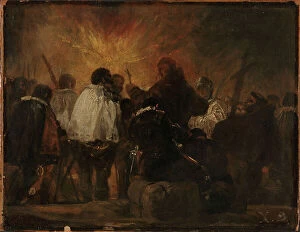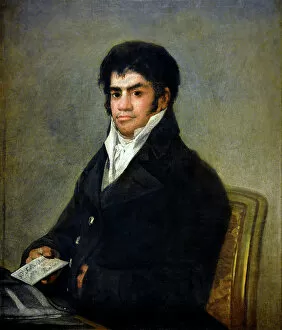Francisco De Goya Collection
Francisco de Goya, a renowned Spanish artist from the 18th and 19th centuries, left an indelible mark on the art world with his diverse range of works
All Professionally Made to Order for Quick Shipping
Francisco de Goya, a renowned Spanish artist from the 18th and 19th centuries, left an indelible mark on the art world with his diverse range of works. One of his most famous paintings is "The Naked Maja, " created around 1800. This provocative piece showcases Goya's ability to capture sensuality and beauty in a bold and unapologetic manner. In contrast to this sensual masterpiece, Goya also demonstrated his talent for portraiture with his painting of Field Marshal Arthur Wellesley, the 1st Duke of Wellington. Painted in 1814, this portrait exudes power and authority as it immortalizes one of history's great military leaders. Goya's artistic prowess extended beyond traditional subjects; he delved into social commentary through pieces like "Little Prisoner" from 1867. This haunting image depicts a young boy held captive, symbolizing the injustices prevalent during that time period. Another thought-provoking work by Goya is "Ridiculous Dream, " painted between 1819-1823. Through surreal imagery and symbolism, he explores the absurdity of human desires and aspirations. Throughout his career, Goya used various mediums to express himself. Plate 80 from Los Caprichos series titled "It is time" reflects his mastery over etching techniques while conveying a powerful message about societal norms. Religion was another recurring theme in Goya's oeuvre; exemplified by works such as "Saint Ambrose" created between 1796-1799. In this piece, he captures the essence of spirituality through meticulous attention to detail. Goya's satirical side shines through in pieces like "Sopla (Blow)" from Los Caprichos series where he humorously critiques societal behavior using biting wit and clever visual metaphors.

